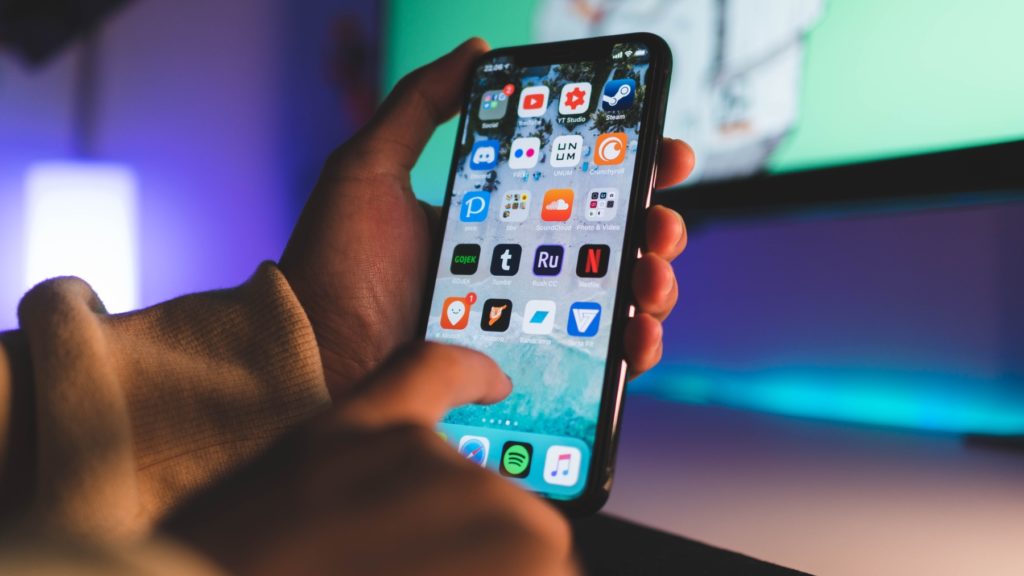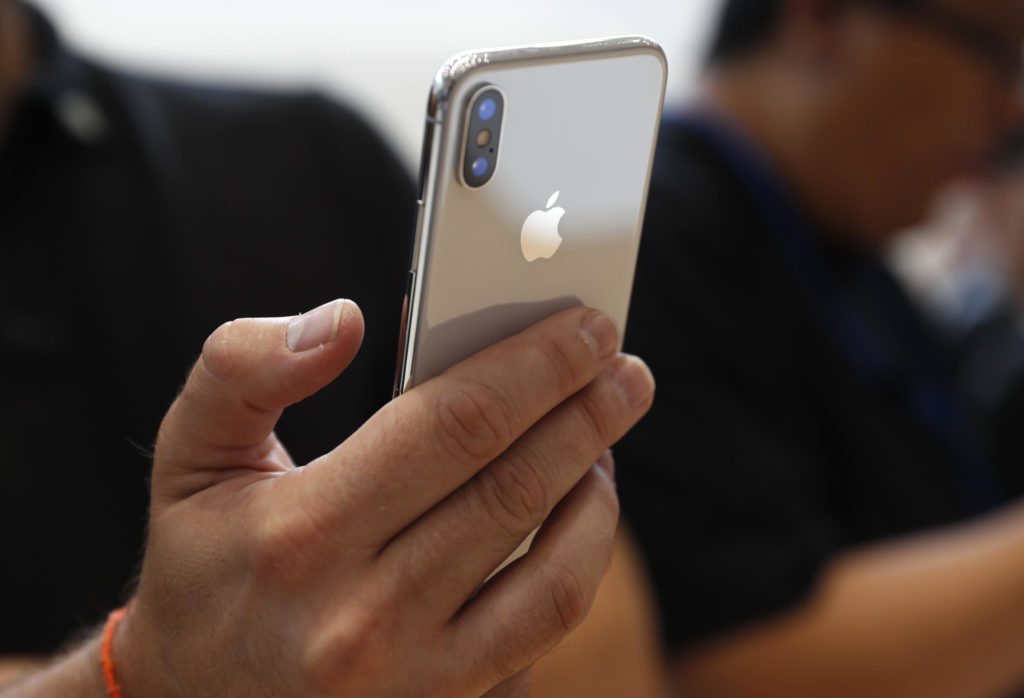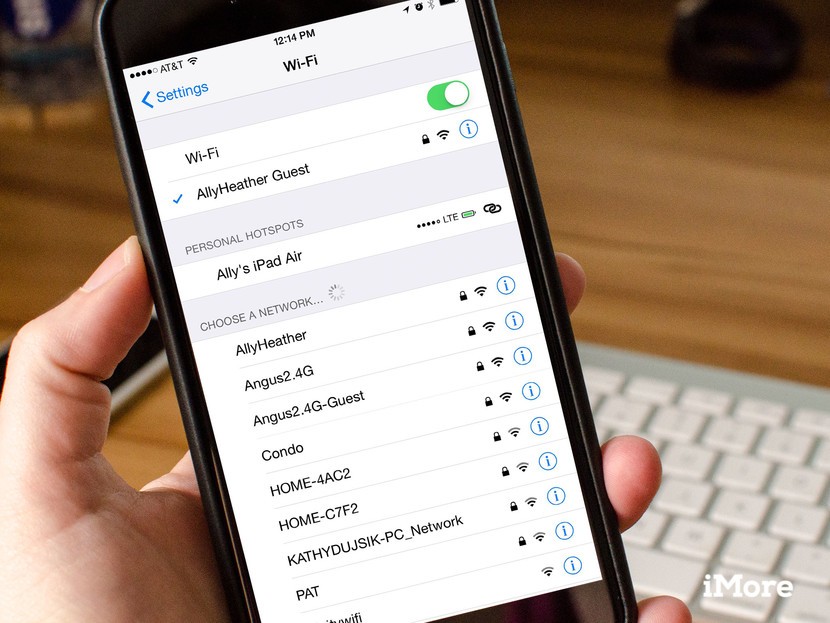
We are living in an internet era where connectivity has become the key to our survival. More than 80% of the world population is connected over the web through social media and apps and other interfaces. Smartphones have become the number one source of web traffic all over the world and are becoming aids in both personal and business connections. To enhance the functionalities of these smart devices, the personal Wi-Fi hotspot comes to play. It is a tiny battery-powered device, small enough to fit in your palm to enhance the internet connectivity of smartphones, tablets, laptops, and etc.
Most of us feel no pain in using the internet when we are at home or at the office or in a secured place where internet connections are available. But what happens when we are on the transit or in a public place? What if you are reminded of an urgent mail to send when you are on the roads? This is where a personal Wi-Fi hotspot comes to your rescue. You can carry it with you to set up an internet connection anywhere, any place. They use 3G/4G signals from the network providers to enable a secure connection. This feature is far better than the tethering feature available in the Smartphone, as it is conservative about the mobile data procurement and also the battery charge. Let us discuss in detail how this feature works and its advantages in detail here. Also you can get more information from ISPfamily.
How does personal hotspot work?

A personal hotspot works by striking a cellular network and sharing the data connection with the paired Wi-Fi enabled devices wirelessly. There are two types of Wi-Fi connections available with personal hotspots. The first type requires a mobile router to establish a personal Wi-Fi hotspot and creates a wireless connection to connect the devices. You can prevent unauthorized devices from getting connected with the Wi-Fi network, by securing the connection with a high-security password. This also helps in protecting your personal device from hacking and data theft.
In the second method, a mobile phone is converted as a router with the help of the tethering feature. You can share the mobile internet from your friend with this feature and use his device as a router, but this feature can drain excess mobile data and battery from both smartphones. In both ways, the hotspot device needs to tap 3G/4G signals from the network provider to enable the connection. It is also required for the mobile WIFI hotspots to have a SIM card to establish and sustain the connection. Using the 80211 standards the signals can be sent and received by the device.
How to use your Smartphone as a mobile hotspot?

The Mobile hotspot allows your Smartphone to share its data connection by creating a WIFI network and enables it to connect with computers, laptops and other mobile devices. In order to create a mobile wireless hotspot, you can follow these steps:
- The first step is to turn off the Wi-Fi Radio
- If needed, charge the device as the mobile hotspot feeds on your battery power
- Open the settings application on the Smartphone
- Navigate to the wireless and networks section and enable the tethering and portable hotspot feature.
- Choose the setup WIFI hotspot screen to assign a name and the password to the network
- To turn off the mobile hotspot simply disable the tethering icon.
The network provider may charge for the data usage along with the charges for the basic service. Thus, it is important to switch off the mobile hotspot when it is not in use.
What exactly is a portable Wi-Fi Hotspot and how to activate it?

The portable Wi-Fi hotspot router functions similarly to the WI-FI box at home. But it is not connected to the phone cable, but they have SIM cards inside them instead. Some of these devices can be used anywhere in the world with any SIM card, making it easy for business travelers to connect to the internet easily. The most important advantage of these devices is that it is possible to use the internet at the lowest cost possible. The device helps in creating a private internet connection at any part of the world and allows us to connect at least ten devices simultaneously, be it laptops, tablets, iPads, cameras, Smartphone, etc.
They are also pretty easy to use after they are fully charged. It is only a matter of inserting the SIM card and switching them on. Within seconds it draws high-speed internet to several connected devices simultaneously. There are locked and unlocked WIFI routers available, the former function only on one SIM card, whereas the latter is compatible with any sim card, keeping the cost low during international travel.
How fast is a personal hotspot?
Usually, personal hotspots are slower than the usual internet connection. Their connectivity is generally at the speed of 1.5 megabits per second for download and for upload the speed will be around 0.5mega bits per second. Personal hotspots can be used as a remedy in highly demanding situations but they are not efficient in handling the large workload. In short, these palm-sized gadgets are capable of getting you online, anywhere in the world at the most affordable costs and they are pretty simple to use as well.
FAQs: Frequently Asked Questions

Can I use a personal Hotspot to extend Wifi?
No, you cannot use personal hotspots to extend Wifi. You can only share cellular data, not your wifi connection.
Is connecting to a personal hotspot wifi safe?
No, it is a bit risky. As we are sharing our bandwidth, there is a chance of hacking and streaming out of control content.
Wrapping up
The best part of using portable WIFI hotspots is that it allows you to stay connected on the move. These handy gadgets come for rescue when there is a need for internet connections without falling prey for hackers through open WIFI connections. These devices fit the world in your hand round the clock without creating a hole in your wallet and eliminating the frustrating data roaming charges.
















